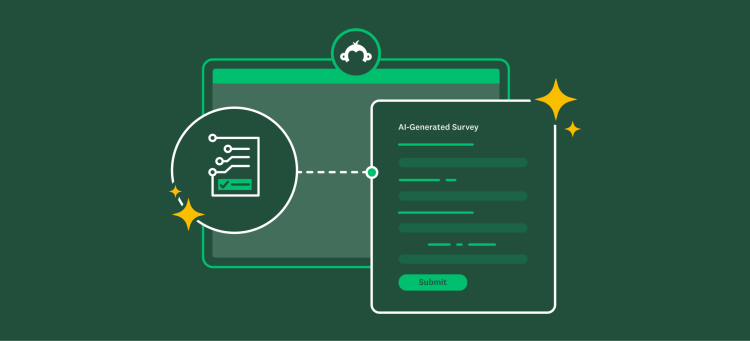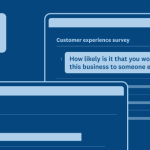Over the last week, I’ve been sharing some updates on our new advanced logic features. Now that you’ve seen what piping can do, and how random assignment works, it’s time for us to tackle Question Randomization.
Why randomize your questions?
One issue survey creators need to consider when designing a survey is question order effect. Earlier this week, Dr. Phil Garland explained why question order matters in his blog post on the topic. Essentially, by displaying questions or content in a particular order, it can affect how people respond to your survey. For example, if you have the following questions in the following order:
Q1: What is the best thing about living in your community?
Q2: How satisfied are you with how your local politician is handling her job?
Just answering Question 1 can affect how people answer Question 2. To help mitigate this, you can choose to randomize your questions.
How to implement question randomization
Create a page of questions, then click “Edit Page Options” and choose “Add Question Randomization.”
You can choose to randomize:
- All Questions: shows all questions on the page in random order
- Selected Questions: lets you choose which questions on the page you want to randomize
- None: lets you remove randomization
- Flip: lets you flip the first and last question on the page
And there you have it. Reduce question order effect in your survey with a few clicks.
If you have questions on how to use this new feature, please ask me in the comments below.



